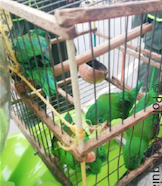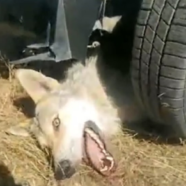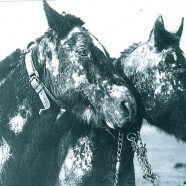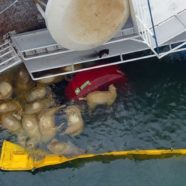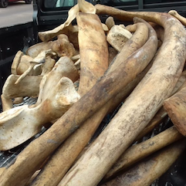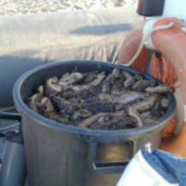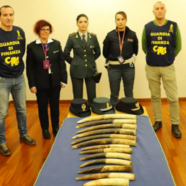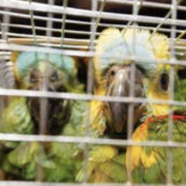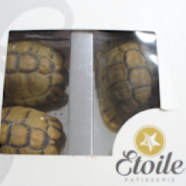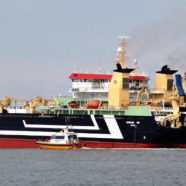“On the Trail” n°25 – the defaunation bulletin
“On the Trail“ n°25
the defaunation bulletin
pdf, 124 pages – 10.8 Mo
Birds, pages 38 to 49
The true novel of poaching and smuggling around the world
924 events from the 1st April to the 30 of June 2019
“On the Trail” n°25 – the defaunation bulletin
“On the Trail“ n°25
the defaunation bulletin
pdf, 124 pages – 10.8 Mo
The true novel of poaching and smuggling around the world
924 events from the 1st April to the 30 of June 2019
“On the Trail” n°24 – the defaunation bulletin
“On the Trail“ n°24, the defaunation bulletin
(pdf, 94 pages – 8.6 Mo)
Whales and marine mammals, pages 16 to 18
Information and analysis report on animal poaching and smuggling
from the 1st February
to the 31 of March 2019
590 poaching, smuggling and rescue cases
11 dead persons: 4 rangers, 1 civilian and 6 poachers
“On the Trail” n°24 – the defaunation bulletin
“On the Trail“ n°24, the defaunation bulletin
(pdf, 94 pages – 8.6 Mo)
Seahorses, corals, abalones,giant clams, queen conches, sea cucumbers and fishes, pages 6 to 15
Information and analysis report on animal poaching and smuggling
from the 1st February
to the 31 of March 2019
590 poaching, smuggling and rescue cases
11 dead persons: 4 rangers, 1 civilian and 6 poachers
“On the Trail” n°24 – the defaunation bulletin
“On the Trail“ n°24, the defaunation bulletin
(pdf, 94 pages – 8.6 Mo)
Rhinoceroses, elephants and mammoths, pages66 to 81
Information and analysis report on animal poaching and smuggling
from the 1st February
to the 31 of March 2019
590 poaching, smuggling and rescue cases
11 dead persons: 4 rangers, 1 civilian and 6 poachers
“On the Trail” n°24 – the defaunation bulletin
“On the Trail“ n°24, the defaunation bulletin
(pdf, 94 pages – 8.6 Mo)
Birds, pages 38 to 49
Information and analysis report on animal poaching and smuggling
from the 1st February
to the 31 of March 2019
590 poaching, smuggling and rescue cases
11 dead persons: 4 rangers, 1 civilian and 6 poachers
“On the Trail” n°24 – the defaunation bulletin
“On the Trail“ n°24, the defaunation bulletin
(pdf, 94 pages – 8.6 Mo)
Information and analysis report on animal poaching and smuggling
from the 1st February
to the 31 of March 2019
590 poaching, smuggling and rescue cases
11 dead persons: 4 rangers, 1 civilian and 6 poachers
Halloween at sea
For several years now, 3 monster trawlers have been haunting the Channel, the Irish Sea and the Northeast Atlantic up to the Arctic Ocean. Using their power, their European flags and their super powerful sonars, they detect and collect in their 500-meter-long trawling nets schools of mackerel, herring, whiting and saurel. The fish are pumped into the nets, sucked into pipes, sorted in freezing rooms, stuffed into 25-kg parcels, unloaded in the Netherlands and most of them are then sent to Western Africa in reefer ships. The sea monsters are accused of contributing to the exhaustion of sea resources in the South Atlantic and to the ruin of local flotillas, especially in Mauritania. Their crew is multinational, their command is European.




